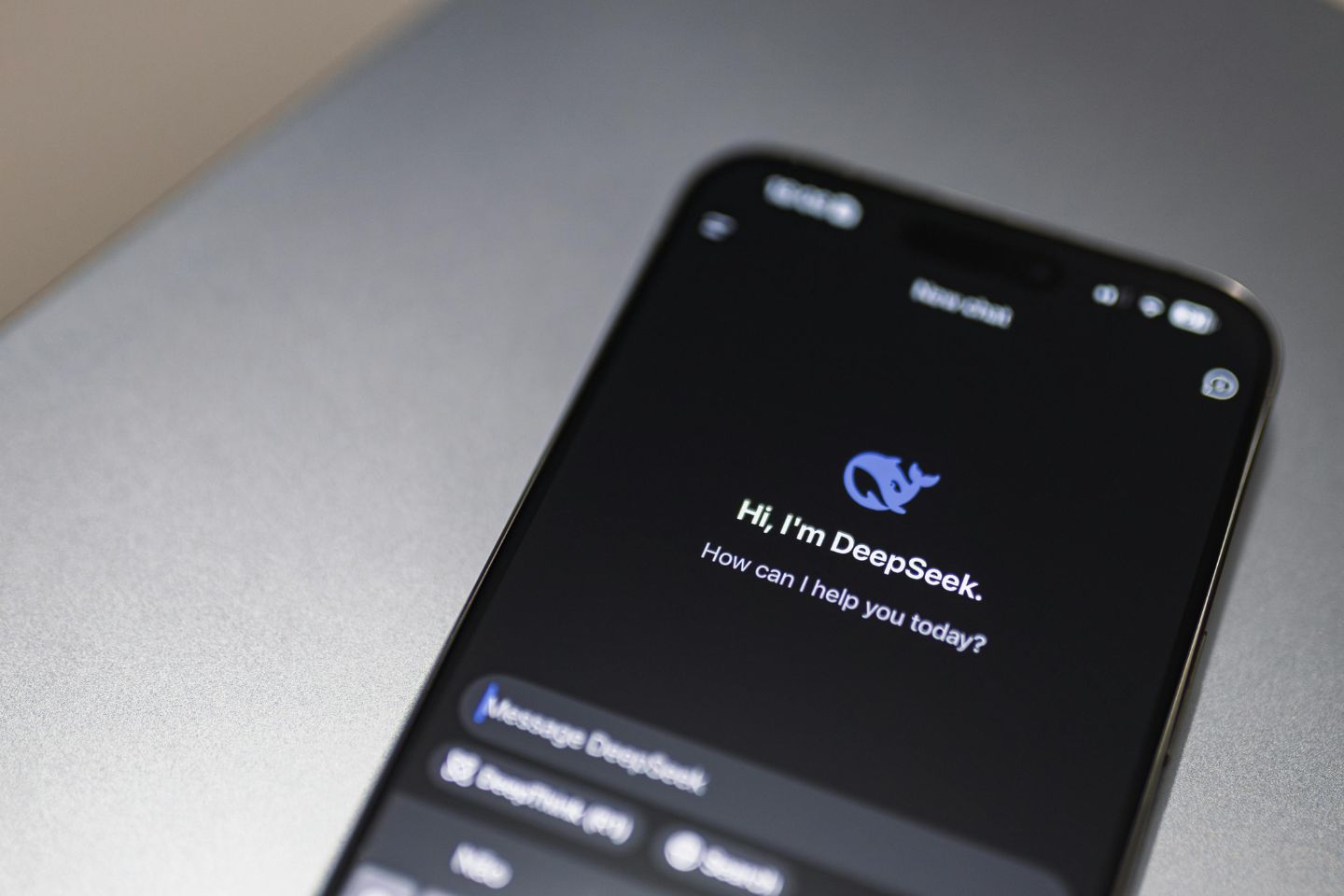In today's fast-paced and tech-driven business landscape, mobile apps have become an integral tool for enterprises looking to drive process efficiencies and increase revenue. However, choosing whether to build one large enterprise application or multiple smaller apps can be a complex decision that requires careful consideration of the benefits and tradeoffs of each approach.
Full-Featured Enterprise Apps
One of the key benefits of developing a full-featured enterprise app is that there is only one code base to manage, making it easier for developers to work on the app and manage everything in one place. Additionally, full-featured apps tend to be of higher quality as more time and attention is put into their development. These apps can also reduce redundant features like help sections, menus, icons, logos, legal language, and more.
Moreover, full-featured enterprise apps are ideal for large-scale projects and companies with multiple developers working on a project simultaneously. With a single code base to work from, developers can ensure that they are all working on the same project, making it easier to coordinate and manage the development process.
Situational Apps
On the other hand, developing multiple situational apps that serve specific niches or functions can also offer benefits. For instance, situational apps are quicker to develop due to their smaller size and scope, allowing companies to respond quickly to changing business and technology landscapes. Additionally, situational apps are easier to manage, less likely to have problems, and quicker to track down and fix issues.
Furthermore, situational apps can be far more focused on their intended user group, with better-tailored color palates, layouts, and distribution methods. Depending on the app's intended purpose, the developer may want the app to be easily accessible to customers through iTunes or to be more secure on an enterprise account. For instance, if an app is meant for internal employee use only, a private enterprise account may be the best choice.
Tradeoffs to Consider
When deciding between full-featured enterprise apps and situational apps, there are several tradeoffs to consider. Full-featured apps tend to be larger and more complex, making them slower to respond and more difficult to manage. Situational apps, on the other hand, may lack certain features that are present in full-featured apps. Additionally, while full-featured apps tend to have a higher level of security, situational apps may be more accessible to customers.
Another tradeoff to consider is the speed to market. While full-featured apps tend to take longer to develop, situational apps can be developed and launched much quicker, allowing companies to respond to changing business needs in a more agile manner.
Case Study: Choosing Between Two Apps
For example, a company that needed an iPad application for their sales staff in the field, as well as an iPad application for their customers, faced the decision of whether to build one app or two. Ultimately, they decided to build two distinct apps due to the significant difference in functionality between the user groups. This decision allowed for better tailoring of the app's description to its specific target user base and also made the internal version more secure.
Conclusion
In conclusion, both full-featured enterprise apps and situational apps have their advantages and disadvantages, and it's important for a company to choose the appropriate type of app for their specific situation. By carefully evaluating the needs of the company and the intended purpose of the app, developers can create apps that help drive process efficiencies and increase revenue, ultimately leading to business success and growth. Whether companies choose to develop one large enterprise app or multiple situational apps, the key is to ensure that the app meets the needs of the intended user group and helps the company achieve its goals.
Ready to build a mobile app for your enterprise? Book a project call with AppIt Ventures today and see if we're the right fit for your project.








